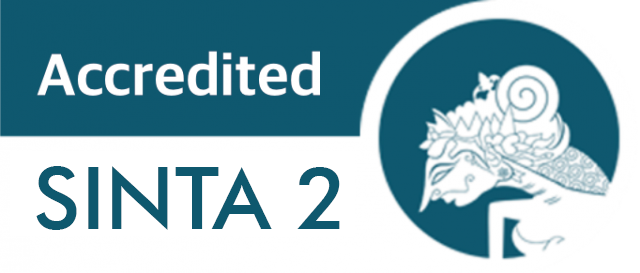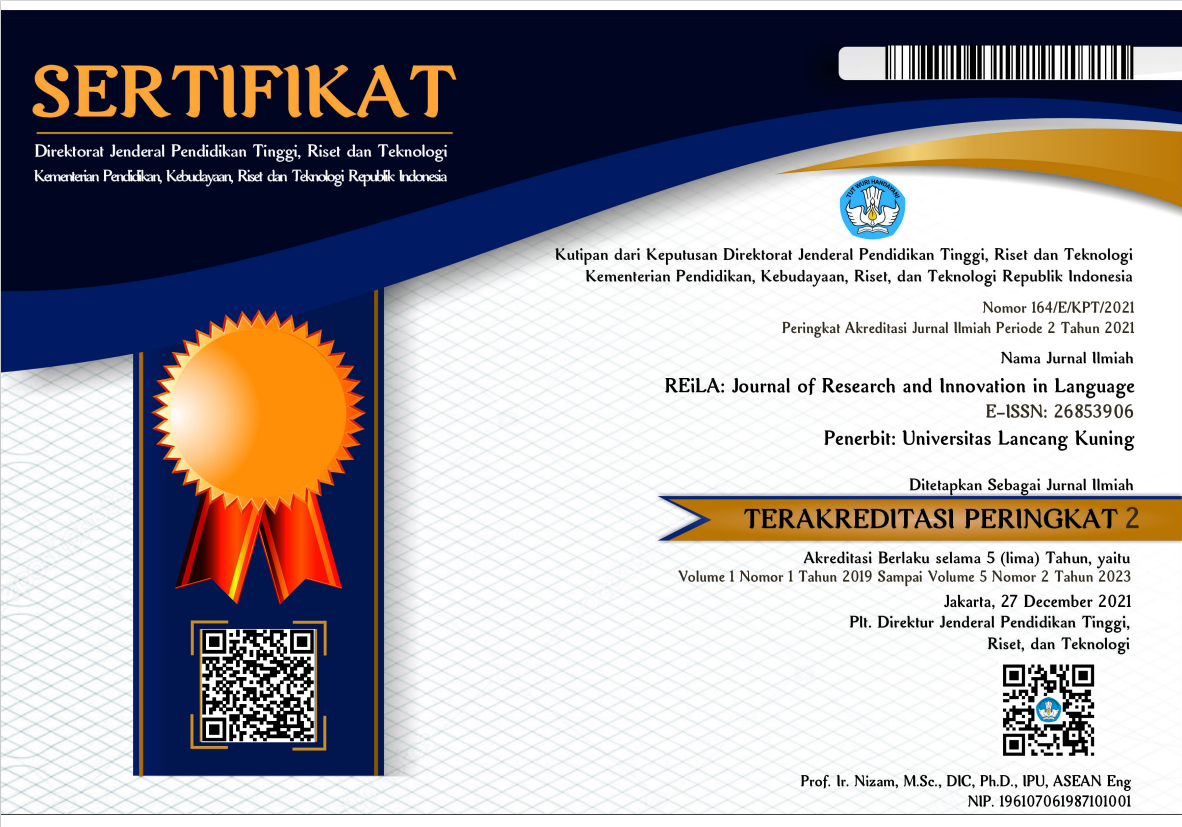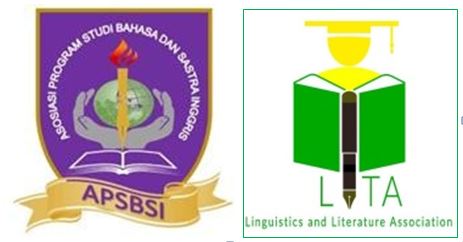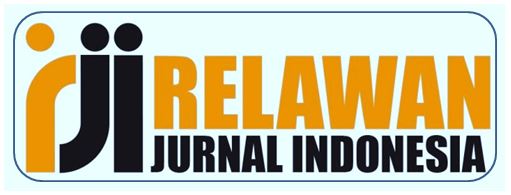Lost in Translation: Navigating Linguistic Challenges in Lesotho High Court Trials
Abstract
Court interpreting services are an essential component of the Lesotho’s legal system to ensure that everyone has access to justice and can present their cases in the language of their choice, more especially at the Lesotho High Court where English is the language of the court. Effective court interpreting requires interpreters with, among other things, high level of linguistic and cultural proficiency in their working languages, strategic competence, and a set of specific skills. However, the lack of formal professional training for court interpreters can have serious consequences on both the communication and the decisions of the court. Following the methodological principles of a qualitative case study explored strategies employed by the Lesotho High Court interpreters in their attempt to address linguistic challenges that they often encounter during their facilitation of communication between judges, lawyers and plaintiff/defendant/witnesses. The study further examined how such strategies may affect communication of the intended message in the interpreter’s renditions. Employing a pragmatic approach guided by Gricean maxims, this paper discussed a purposive sample of 19 excerpts extracted from the transcripts made from ten audio recordings of criminal cases from the Lesotho High Court. The study discovered that such strategies were employing to address linguistic challenges such as terminological challenges, long sentences and incomplete or too brief source language utterances. The study further established that the use of the identified strategies may distort the original speaker’s intended message and hence misinform the witnesses and/or target recipients, which in turn could result in an unfair trial. To enhance the court interpreting process to uphold fairness and clarity in legal proceedings, this paper therefore recommends that the Lesotho High Court should provide formal training to its interpreters to raise their awareness of the strengths and weaknesses of the strategies they use.
Downloads
References
Abdullatief, M. J. H. (2020). Omission as a problem and a solution in literary translation: A study of Hemingway’s hills like white elephants and Joyce’s the sisters and their arabic translations. Journal of Languages and Translation, 7(1), 16-41. https://dx.doi.org/10.21608/jltmin.2020.143453
Ahmed, S. (2018). Omission in simultaneous interpreting: A multidisciplinary perspective to U.S president debates. CDELT Occasional Papers in the Development of English Education, 65(1), 469-511. https://dx.doi.org/10.21608/opde.2018.106586
Astalin, P. K. (2013). Qualitative research designs: A Conceptual Framework. International Journal of social science & interdisciplinary research, 2(1), 118-124.
Baker, M. (1992). In other words: A course book on translation. Routledge.
Baklanova, E. (2006). Morphological assimilation of borrowing in Tagalog. http://www.sil.org/asia/philippines/ical/papers.html.
Bhandari, P. (2020). What is qualitative research? methods and examples. https://www.scribbr.com/ methodology/qualitative/research/
Dong, Y., Y. Li & Zhao. N. (2019). Acquisition of interpreting strategies by student interpreters. The Interpreter and Translator Trainer, 13(4), 408-425. https://doi.org/10.1080/1750399X.2019.1617653
Ewa, K. (2010). Interpreting in the courtroom: The importance of competence and quality. Legilinguistics,
Fairclough, N. (1995). Media Discourse. E. Arnold
Farmer, T. (2011). The contribution of linguistics in understanding transition. Cambridge University Press.
Fraser, H. (2003). Issues in transcription: Factors affecting the reliability of transcripts as evidence in legal cases. Forensic Linguistics, 10(2), 203-226.
Gao, L. & Yang, N. (2015). Challenges and strategies for courtroom interpreters: A case study. Sino-US English Teaching, 12(12), 975-978
Garcesrs, C. (1996). Linguistic and paralinguistic aspects in legal interpretation: Some strategies and programs. Academic Press.
Gatitu, K. (2009). Court interpreting in kenya: the ideal and the practice. Proteus: Newsletter of the National Association of Judicial Interpreters, 10(1), 6-21.
Gile, D. (1995). Basic concepts and models for interpreters and translator training. John Benjamin.
Gumul, E. (2017). Explicitation and Directionality in Simultaneous Interpreting. Linuistica Silesiana, 38, 311-329
Hoffer, B. (2002). Language borrowing and the indices of adaptability and receptivity. Intercultural communication studies, 14(2), 53.
Hollmann, W. (2006). Functions of language. studies in language. Oxford University Press.
Jacobsen, B. (2002). Pragmatic Meaning in Court Interpreting. An empirical study of additions in consecutively interpreted question-answer dialogue. HERMES - Journal of Language and Communication in Business, 17(32), 237–249. https://doi.org/10.7146/hjlcb.v17i32.25772
Khanmohammad, H., & A. Aminzad. (2015). A study of additions and omissions in English translations of Persian-based social, cultural and political news headlines: a case study of ISNA news agency in Arab spring. T&I Review, 5, 7-27.
Korpal, P. (2012). Omission in Interpreting as a deliberate act. In A, Pym and D, Carmona (eds) Translation Research Projects. John Benjamins.
Kuswoyo, H., & Audina. A. Y. (2020). Consecutive Interpreting Strategies on a court setting: A study of English into Indonesian interpretation. Teknosastik, 18 (2), 90-102 https://doi.org/10.33365/ts.v18i2.750
Lebese, S. J. (2015). Formulation of court interpreting models: A South African perspective. Stellenbosch Papers in linguistics, 44, 61-80.
Liu, X. & Wang, C. (2023). IN How does interpreter’s intonation affect the Pragmatics of Courtroom Questions? A Case study of Chinese- English court interpreting. New Advances in Legal Translation and Interpreting. Springer.
Liu, X. (2020). Pragmalinguistic challenges for trainee interpreters in achieving accuracy: An analysis of questions and their interpretation in five cross-examinations. International Journal of Research and Practice in Interpreting, 22(1), 87-116.
Moeketsi, (1999). Discourse in a Multilingual and Multicultural Courtroom: A Court Interpreter’s Guide. J.L. Van Schaik.
Mohlomi, M. (2010). Interpreter coping strategies: the case of the Leon commission on Lesotho’s 1998 political disturbances. [MA Thesis: National University of Lesotho].
Mojuta, K. (2016). The lexical problems of Court interpreters in a Botswana High Court. Botswana Notes and Records, 48, 193-204.
Motjope, T. (2006). Communicative and ethical implications of translation deficiencies in an official document: the case of the Lesotho policy framework on HIV/Aids prevention, control and management. [MA Thesis: Nelson Mandela Metropolitan University].
Mphi, T. R. (2018). Explicitation and implication in English-Sesotho translation: The case of strategies deployed in informative texts of selected financial institutions in Lesotho. [MA Thesis: National University of Lesotho].
Ndlovu, K. (2012). An Investigation of Strategies used by Ndebele translators in Zimbabwe in translating HIV/AIDS texts: A Corpus based approach. [PhD Thesis: University of Fort Hare].
Ngarambe,T & Ruvebana, E. (2023). Court interpreting practice in Rwanda: challenges and strategies for fair justice. The International Journal for Translation and Interpreting Research, 15(2), 108-124. https://doi.org/10.12807/ti.115202.2023.a07
Philister, Y. C. & Mwangi. P. M. (2020). Linguistic challenges faced by the interpreter in the presentation of litigants evidence in Kericho county, Kenya. International Journal of Management Studies and Social Science Research, 2(2), 65-68.
Purnomo, B. (2021). Purnomo, B. (2021). Borrowing strategy for words related to COVID-19 Pandemic in running texts on Indonesian TV channels. Surakarta English and Literature Journal, 4(2), 54-65. http://dx.doi.org/10.52429/selju.v4i2.681
Saunders, M., Lewis, P. & Thornhill, A. (2012). Research methods for business students. Pearson Education Limited
Sharma, V. (2015). The relevance of addition, omission and deletion in translation. International Journal of Translation, 27(1-2), 1-12.
Svongoro, P. (2015). The impact of additions in Shona and English consecutively interpreted rape trials in Zimbabwean court trials. Journal for Language Learning, 31(1), 1-15
Trabing, M. (2002). Introduction to Court Interpreting. TX: Berkana Language Centre.
Tria, M. M. (2023). A field study of court interpreting: difficuties and challenges. [M.A Thesis: Kasdai Merbah Ouargla University]
Usadolo, S. E.& Kotzé, E. (2015). Communicative challenges of interpreting in cross-border languages in south African courtrooms. South African Journal of African Languages, 35(1), 57-65. https://doi.org/10.1080/02572117.2015.1056464
Wang, D & Grant. L. E. (2015). Challenges or court interpreting: implications for interpreter education. International Journal of Interpreter Education, 7(1), 51-64.
Wehrmeyer, E. (2020). Additions in simultaneous signed interpreting: A corpus-driven grounded study. Translation and Interpreting Studies, 16(1), 1-30. https://doi.org/10.1075/tis.18053.weh
Wuryanto, D. R. (2016). Types of borrowing strategy in the English-Indonesia Sony Ericsson K530i user guide books. (Unpublished Thesis, Universitas Negeri Yogyakarta].










